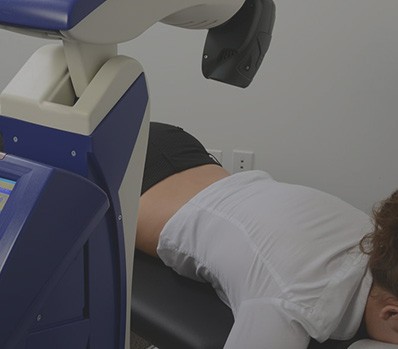Swimmer’s shoulder is one of the common names for shoulder impingement syndrome, as swimmers have a statistically greater chance of developing the condition because of the stress on joints and tendons and particular motions involved in the sport. Baseball and tennis players may develop this too, if repetitive swinging of a bat or racquet wears down the cartilage and damages the rotator cuff, the tendons and muscles that join the upper arm bone and shoulder.
Evaluating Symptoms
Shoulder impingement causes low-grade, insistent pain that is often worse at night. It may also cause weakness in the shoulder or arm, stiffness when raising the arm, and swelling and tenderness in the shoulder. These symptoms are frequently misdiagnosed as arthritis, a pinched nerve or bone spurs. By contrast, sometimes a more serious injury initially appears to be impingement, but further testing, such as an MRI scan, reveals a rotator cuff injury or other more serious condition.
Treatment Options
Initial treatment options include nonsteroidal anti-inflammatory medications, rest, avoidance of physically stressful activities, and physical therapy that focuses on building strength and restoring range of motion. Cortisone injections can also be an effective way to treat pain and reduce inflammation.
Sometimes impingement syndrome doesn’t fully respond to conservative treatment, and in that situation Dr. Nitz will need to perform a surgical procedure to widen the space around the rotator cuff, giving it room to execute a full range of motion without catching on the bone or rubbing against it.
The name for this procedure is subacromial decompression surgery, and it is performed arthroscopically as an outpatient procedure, with the insertion of a small tube and surgical instruments through a small incision. Using this technique, Dr. Nitz is able to strategically trim tendons and shave bone to create this wider space for pain-free joint movement. In severe cases, he may need to schedule regular surgery to repair damage, but this is uncommon.
Surgical Recovery
Although advanced cases can require up to a year for full recovery, shoulder impingement usually takes about three to six months to heal completely.
You will typically be able to return to normal activities within two to four weeks, as long as you follow your doctor’s advice to avoid certain kinds of motions that would put stress on the joint and tendons and interfere with healing. This includes any activities that involve throwing. And, not surprisingly, swimmers will need to stay out of the pool during this time.
If you have subacromial decompression surgery, you will wear a sling for several days, before beginning physical therapy. To reduce swelling and discomfort, apply ice packs to the shoulder several times. Follow your doctor’s recommendations and stay alert for any signs that indicate an infection is developing, or other problem with healing.
If you would like to know more about shoulder impingement syndrome, schedule a personal consultation with skilled Dayton, Ohio orthaepedic surgeon Dr. Paul A. Nitz by calling or emailing his office today.

